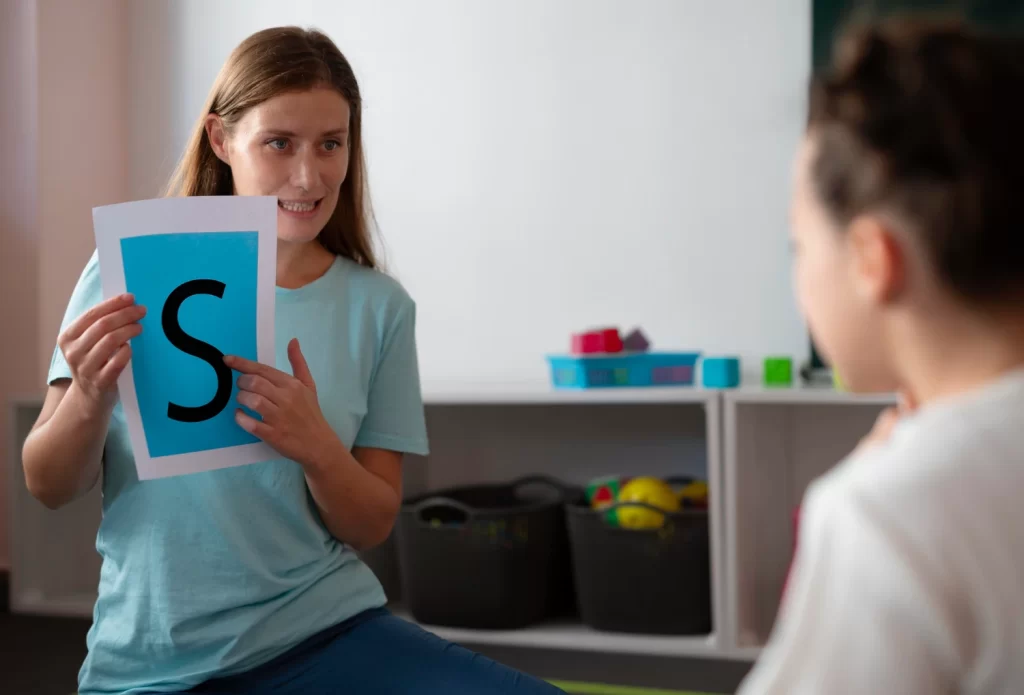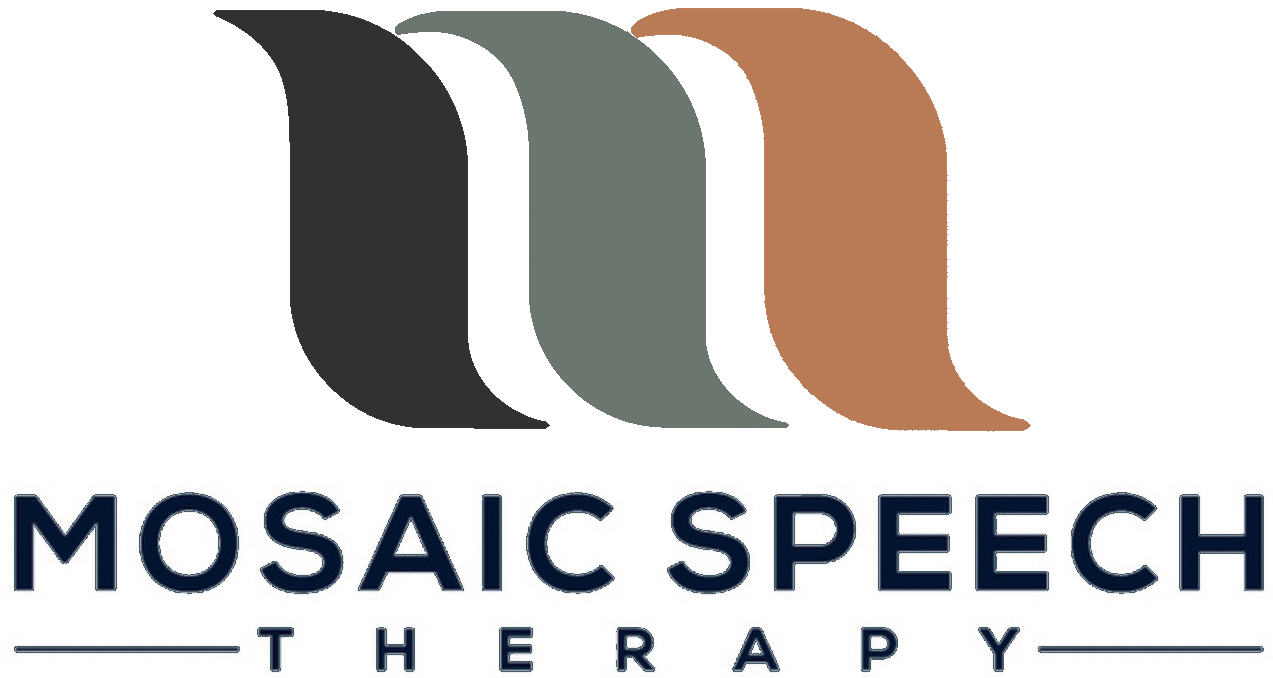If your child struggles with speech and language, Augmentative and Alternative Communication (AAC) can be a game-changer. As a parent, learning about AAC can help you better support your child’s communication needs.
In this guide, we’ll break down what AAC is, the different options available, and how working with a speech therapist can make a big difference in your child’s ability to communicate.

Understanding AAC: What is Augmentative and Alternative Communication?
AAC encompasses all forms of communication beyond verbal speech. It is designed to help individuals who have speech impairments or language difficulties communicate effectively. AAC can be used temporarily, such as during speech therapy, or as a lifelong support system for individuals with conditions like autism, cerebral palsy, or apraxia of speech.
Types of AAC
AAC is categorized into two main types:
- Unaided AAC – This includes non-speaking communication methods that do not require external tools, such as:
- Gestures
- Facial expressions
- Sign language
- Body language
- Aided AAC – This involves tools or devices that assist communication, including:
- Low-tech AAC: Picture boards, communication books, symbol cards
- High-tech AAC: Speech-generating devices (SGDs), tablets with communication apps, eye-tracking devices
How Speech Therapy Can Help with AAC
If your child struggles with verbal communication, a qualified speech therapist can assess their needs and recommend the best AAC system. A speech-language pathologist will evaluate your child’s abilities, introduce suitable AAC options, and provide guidance on using them effectively at home and in daily life.
Speech therapists help by:
- Assessing communication challenges and recommending an AAC system that fits your child’s abilities
- Teaching children how to use AAC devices effectively
- Training parents and caregivers to support communication development at home
- Adjusting AAC tools as a child’s needs evolve over time
Who Can Benefit from AAC?
AAC is not limited to a specific age group or condition. It can benefit individuals with:
- Autism Spectrum Disorder (ASD)
- Cerebral Palsy
- Down Syndrome
- Aphasia
- Traumatic Brain Injury
Empowering Your Child Through AAC

AAC provides a voice for children who struggle with verbal communication, allowing them to express their thoughts, needs, and emotions. By working with an experienced speech-language pathologist in Edmonton, you can ensure your child has the tools and support needed for effective communication.
If your child is experiencing speech or reading challenges, Mosaic Speech Therapy in Edmonton is here to help. For personalized assistance, feel free to contact us at info@mosaic-slp.ca or 587-292-0072.

